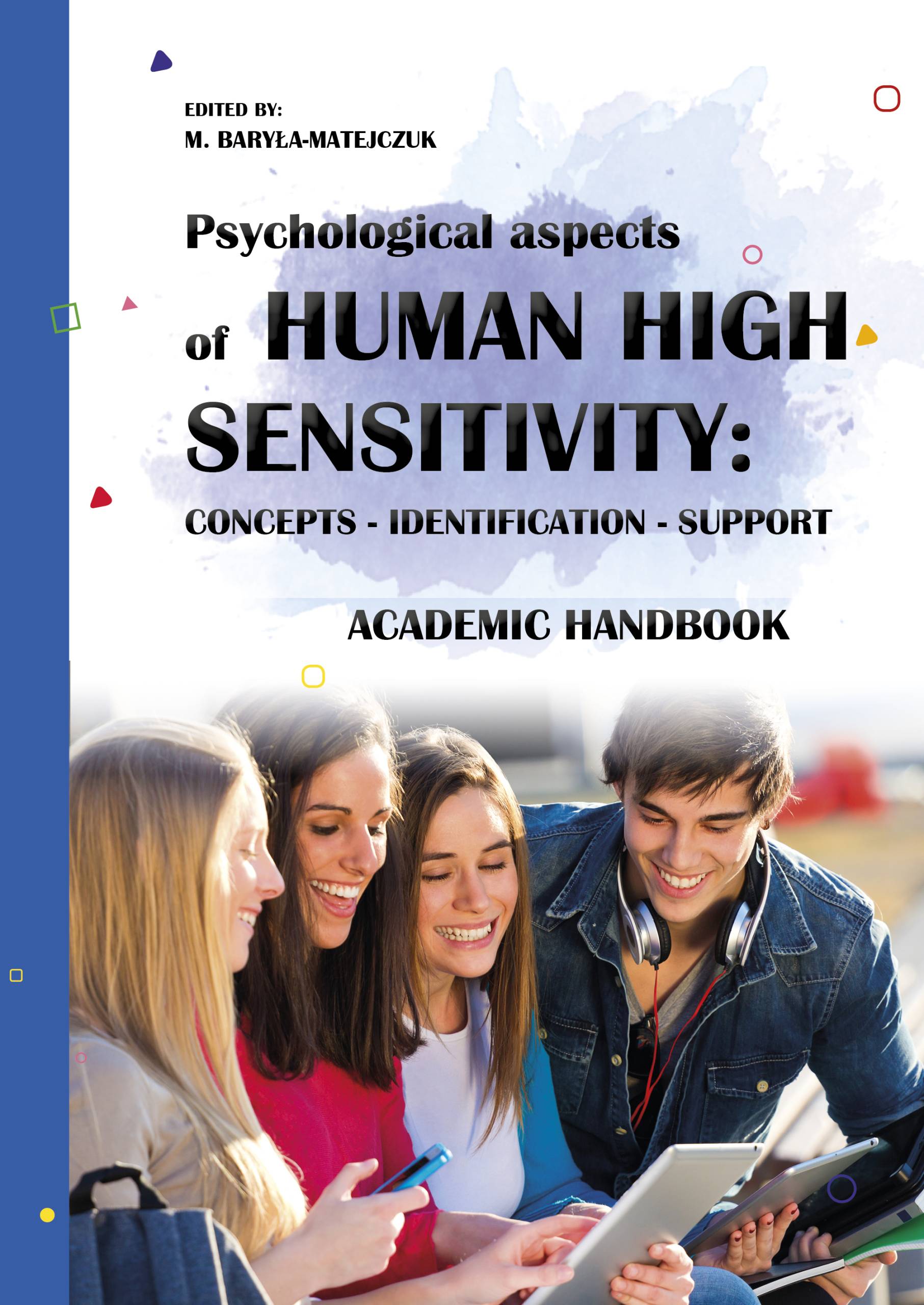Opis
In recent years, the issue of environmental sensitivity has generated interest not only among many researchers, but also practitioners. Reports indicating the potential mental health risks related to increased sensitivity due to external and internal stimuli have also increased the interest of clinicians, psychologists and psychotherapists in this issue. The process of collectively shifting our focus to the significance of the environment of closest development for highly sensitive people has undoubtedly provided a useful space in which to highlight the role of institutional support, from the level of kindergartens, schools, and even universities. This book is the outcome of international collaboration between researchers, with the common objective being to highlight the application value of the area of study which, in turn, resulted in a publication that systematically presents the issues over which many questions and controversies have arisen. The book attempts to discuss the issue which is widely known as high sensitivity in a coherent manner in the context of conceptualization, etiology, diagnosis as well as preventive and intervention solutions related to potential mental health problems. Sensory processing sensitivity is a trait closely connected with the temperament of an individual, with a high intensity occurring among about 20-30 % of the population. Research has confirmed that highly sensitive people process information and stimuli from the environment in a far more intensive and deeper way than others. They are more sensitive to both positive and negative experiences. The trait, and, to be more precise, its intensity, is particularly important in the context of children. For highly sensitive children, inadequate development conditions can become particularly burdensome and, as a consequence, they can have serious implications for their future. However, the handbook focuses on content related to high human sensitivity, and emphasizes the development of a deeper understanding of the construct, without indicating the stage of development of the person characterized by this trait. A part of the content (e.g. selected diagnostic tools, the specificity of the manifestation of the trait) concerns children, another part refers to adults. Yet, we also draw the reader’s attention to the fact that, for both adults and children, highly sensitive people are not a homogeneous group, and that high sensitivity overlaps with developmental stages and the age-specific impacts of individual and social factors which can potentially modify the degree of sensitivity.

